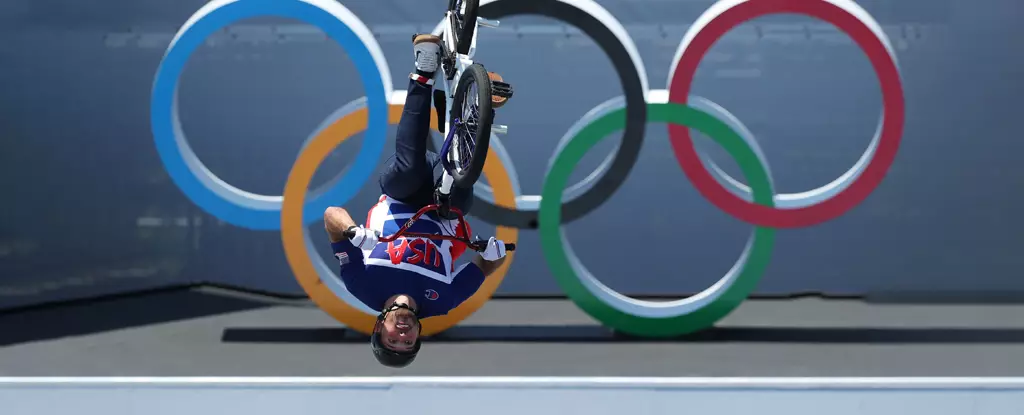The 2020 Tokyo Olympics served as a turning point, introducing new sports like karate and climbing, which expanded the range of athletic showcases on the world stage. With the advent of urban dance styles such as breaking for the 2024 Paris Olympics, it’s vital to understand how these modifications may affect athletes’ health and performance, especially concerning injuries and illnesses. The International Olympic Committee (IOC) has become increasingly proactive in assessing these health concerns, conducting thorough audits to better protect athletes.
In total, 11,315 athletes from 206 National Olympic Committees converged on Tokyo from July 23 to August 8, 2021. Amidst the excitement, there were 1,035 reported injuries and 438 illnesses, leading to averages of approximately nine injuries and four illnesses per 100 athletes. These statistics, while seemingly manageable, offer a glimpse into the potential impact of introducing new sports into the Olympics. Notably, the injury rate was comparable to that seen in previous Olympic events, edging toward 9 percent—on par with the previous games in Rio, London, and Beijing.
Interestingly, new sports face unique challenges, with disciplines such as boxing and BMX racing notably contributing to a higher share of injuries. The researchers noted that the injury incidence in these events soared to 27 and 22 percent, respectively. While these statistics raise concerns about the dynamics of new sports, they also suggest that the governing bodies may need to adapt safety protocols to mitigate risk better.
It wasn’t just injuries that the athletes contended with; heat illnesses affected 78 participants. Tokyo’s intense climate, characterized by temperatures exceeding 30°C and humidity levels above 70 percent, added an additional layer of risk. Fortunately, most cases were mild, attributed to the IOC’s proactive measures—like event relocation and hydration provisions—implemented to safeguard the health of the athletes.
The role of environmental conditions cannot be overstated in this context. Researchers have pointed out that such extreme climates pose physiological challenges that can alter athletes’ performance and wellness. The importance of acclimatization training, where athletes are exposed to similar conditions prior to the competitions, has gained prominent recognition for its efficacy in enhancing heat tolerance.
The findings and experiences gleaned from the Tokyo Olympics serve as critical lessons for future sporting events, particularly with the Paris 2024 Olympics on the horizon. Researchers underscore the importance of longitudinal studies to monitor injuries and health concerns over time, suggesting that the data collected should actively inform safety and training measures.
The experiences in Tokyo highlight that while adventure sports and new additions could create a buzz and engage younger audiences, they also usher in the need for enhanced protocols. The IOC and corresponding sports federations must utilize this data for future planning, aiming to minimize risks and enhance athlete health in subsequent Olympics.
As the Olympics evolve, so too must the strategies in place to protect athletes’ health. The Tokyo Games highlighted both the excitement of new sports and the challenges they bring, particularly concerning injuries and environmental strain. By prioritizing research and implementing proactive health measures, stakeholders can foster a safer and more supportive environment for athletes.
As the landscape of competitive sports continues to expand, ongoing evaluation and adaptation of safety protocols are indispensable to safeguarding athletes’ health, ensuring they can perform at their best without unnecessary jeopardy to their wellbeing.


Leave a Reply